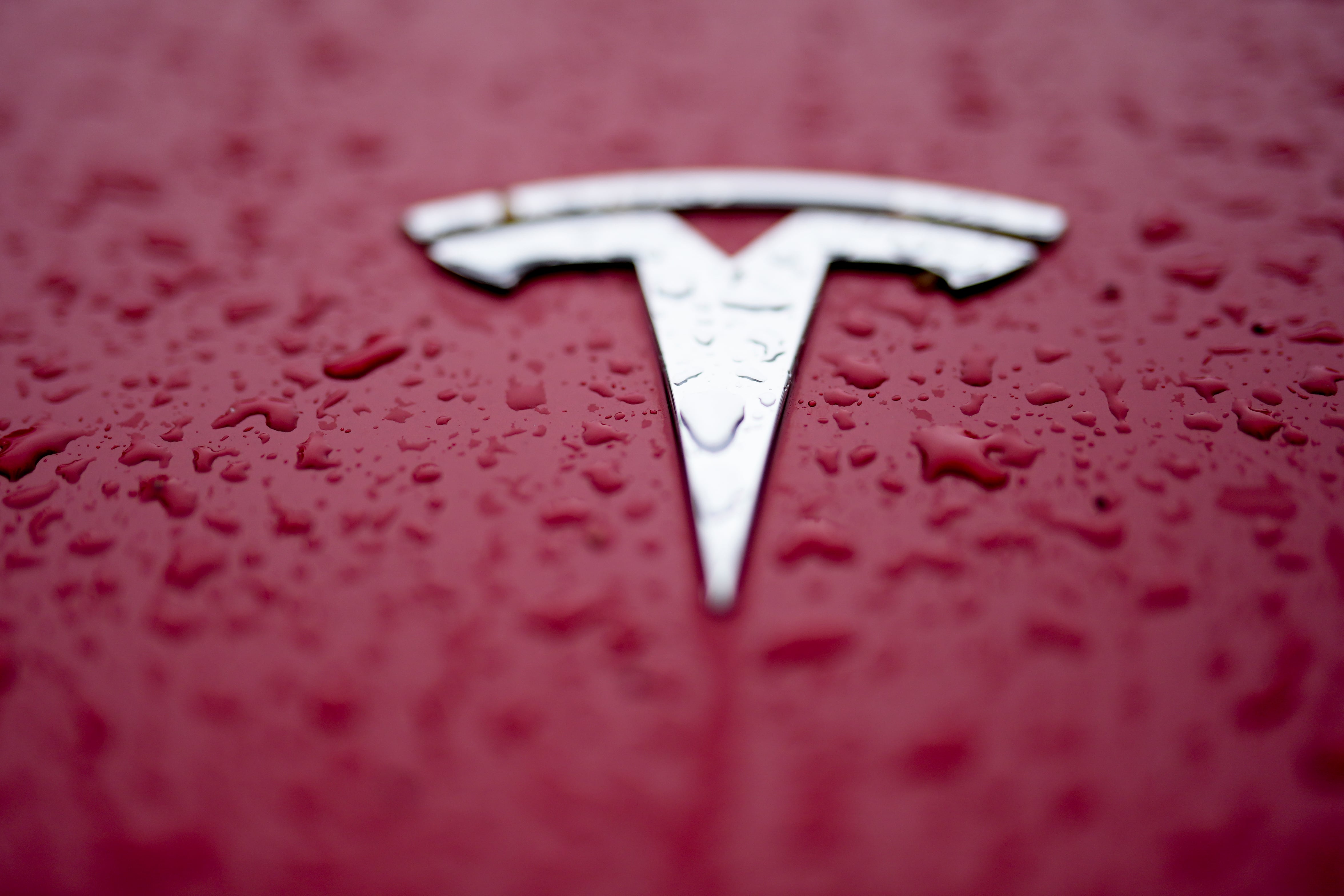DETROIT (AP) — A Tesla apparently operating on one of the company’s automated driving systems crashed into a parked police vehicle Thursday near Los Angeles, narrowly missing an officer who was managing traffic at another crash.
The Tesla driver told police in Fullerton, California, that he engaged the vehicle's “self-drive” system and used his cell phone, according to a police statement.
The collision appears to be another in a long list of crashes in which Teslas using a partially automated driving system hit firetrucks or police cars parked on roads with flashing lights activated. In the Fullerton case, the officer also had put out flares, authorities said.
Police said the crash is still under investigation, but called the California driver's conduct a “clear violation of responsible driving practices and California law.”
The U.S. National Highway Traffic Safety Administration, which has made Tesla recall its “Full Self-Driving” and “Autopilot” systems, said Friday it is aware of the crash and has contacted Tesla for more information.
Although the driver told authorities he switched on “self-drive” mode, police said they have not confirmed whether he was using Tesla's “Full Self-Driving” or Autopilot systems. A message was left early Friday seeking comment from Tesla.
Neither “Full Self-Driving” nor Autopilot can drive themselves, and Tesla tells owners that they must be ready to intervene at all times. “Full Self-Driving,” which is being tested on public roads by volunteer Tesla owners, can take on most driving functions, even on city streets, the company says. Autopilot is supposed to keep vehicles from hitting objects in front of them, and keep them centered in their lanes.
Fullerton police said the officer saw the Tesla coming, and he and a police dispatcher who was riding with him were able to quickly move to the side of the road. “A potential disaster was averted,” police said in the statement.
The Tesla driver stayed at the scene of the crash, which happened near an intersection at 12:04 a.m. Thursday. The driver is cooperating with police.
Officers were investigating a fatal crash at the time the Tesla hit the police car, authorities said.
“While there are no laws against the ‘self-drive’ mode, all rules and laws of the road still apply to the driver while controlling the vehicle," the statement said.
NHTSA began investigating Autopilot crashes into emergency vehicles in 2021, but closed the probe in April after Tesla agreed to recall the software and boost its driver monitoring functions. Later NHTSA began investigating whether the company's recall actually worked.
In documents explaining why the investigation was ended, NHTSA said it ultimately found 467 crashes involving Autopilot resulting in 54 injuries and 14 deaths.
In addition, the agency found 75 crashes and one death involving “Full Self Driving.” It’s not clear whether the system was at fault. NHTSA last year made Tesla recall the software after finding that the system misbehaved around intersections and could violate traffic laws.
CEO Elon Musk said Thursday at Tesla's annual shareholders meeting that the safety of “Full Self-Driving” is better per mile than human drivers, but he did not give full underlying data.













